Santiago is the largest of the Cape Verde Islands and home to half of its population. Despite the human pressure, this is still the island that has the highest number of the archipelago’s endemic land birds. These include the critically endangered Bourne’s Heron Ardea bourneiwhich was described as recently as 1966, Cape Verde Warbler Acrocephalus brevipennisand Alexander’s Kestrel Falco alexandri. Of these three, the heron only occurs on Santiago, the warbler occurs on three islands and the kestrel occurs in more than half of the archipelago’s 10 islands. Some other species have a wide continental distribution but are still considered specialities for Santiago as they can only be seen at a couple of places in the Western Palearctic. These include the
Afrotropical Grey-headed Kingfisher Halcyon leucocephalaand the Saharan Black-crowned Sparrow-Lark Eremopterix nigriceps. Common Waxbill Estrilda astrildis an exotic that is also widespread in Portugal, the country that governed the Cape Verde Islands for 500 years.
The Sound Approach has been to Santiago three times: in February 2004 (Magnus), March 2004 (Arnoud), and March 2007 (Magnus and René). However, René made his first visit as long ago as 1986. The photographs presented here are from his two visits, and the sound recordings are all from 2004.
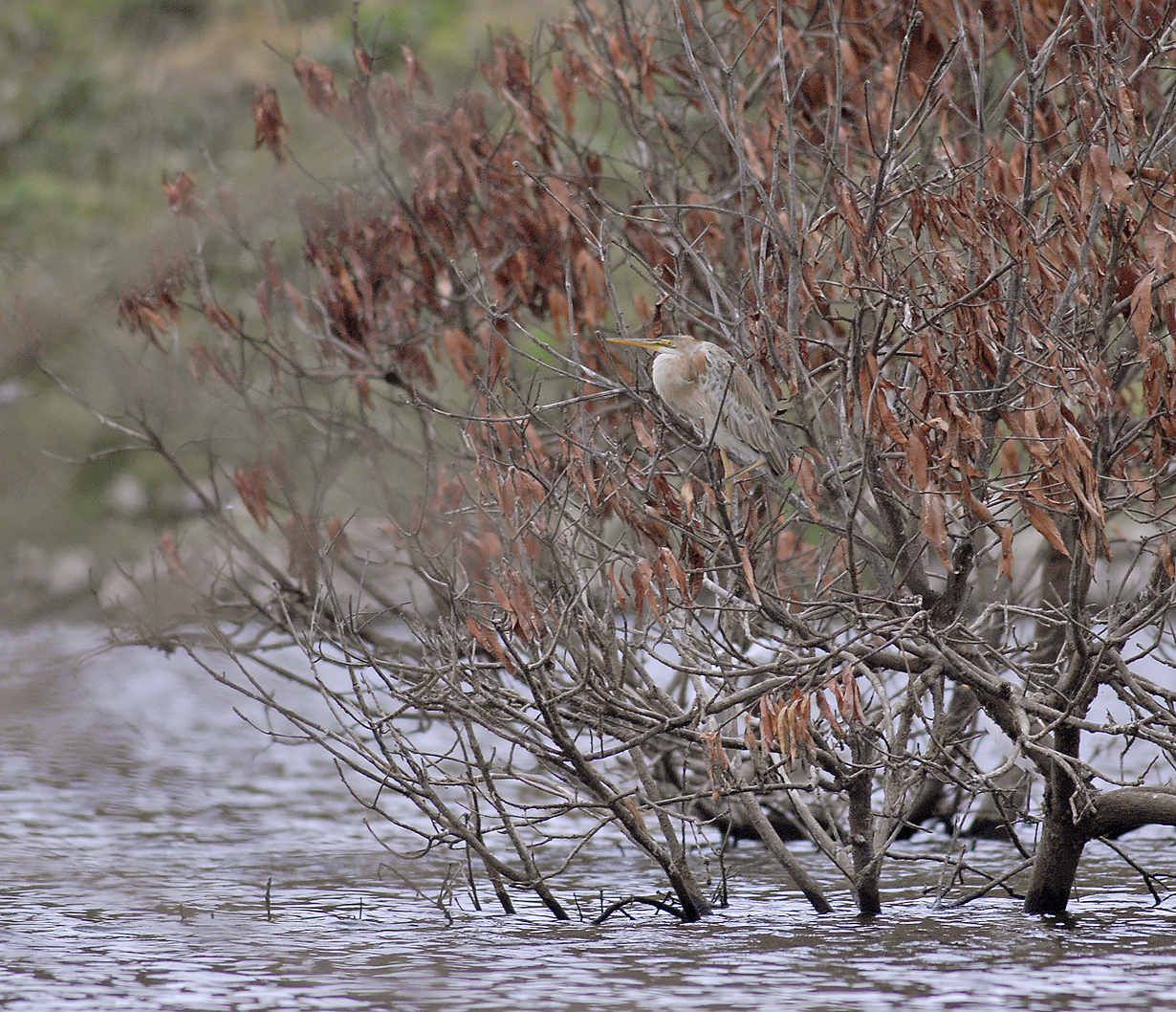
Bourne’s Heron Ardea bournei, Barragem de Poilão, Santiago, Cape Verde Islands, 24 March 2007 (René Pop)
Bourne’s HeronArdea bournei, between São Domingos and Rui Vaz, Santiago, Cape Verde Islands, 25 February 2004 (Magnus Robb). Calls on taking off from a dry hillside, then being attacked by Alexander’s Kestrel Falco alexandri. Background: children.
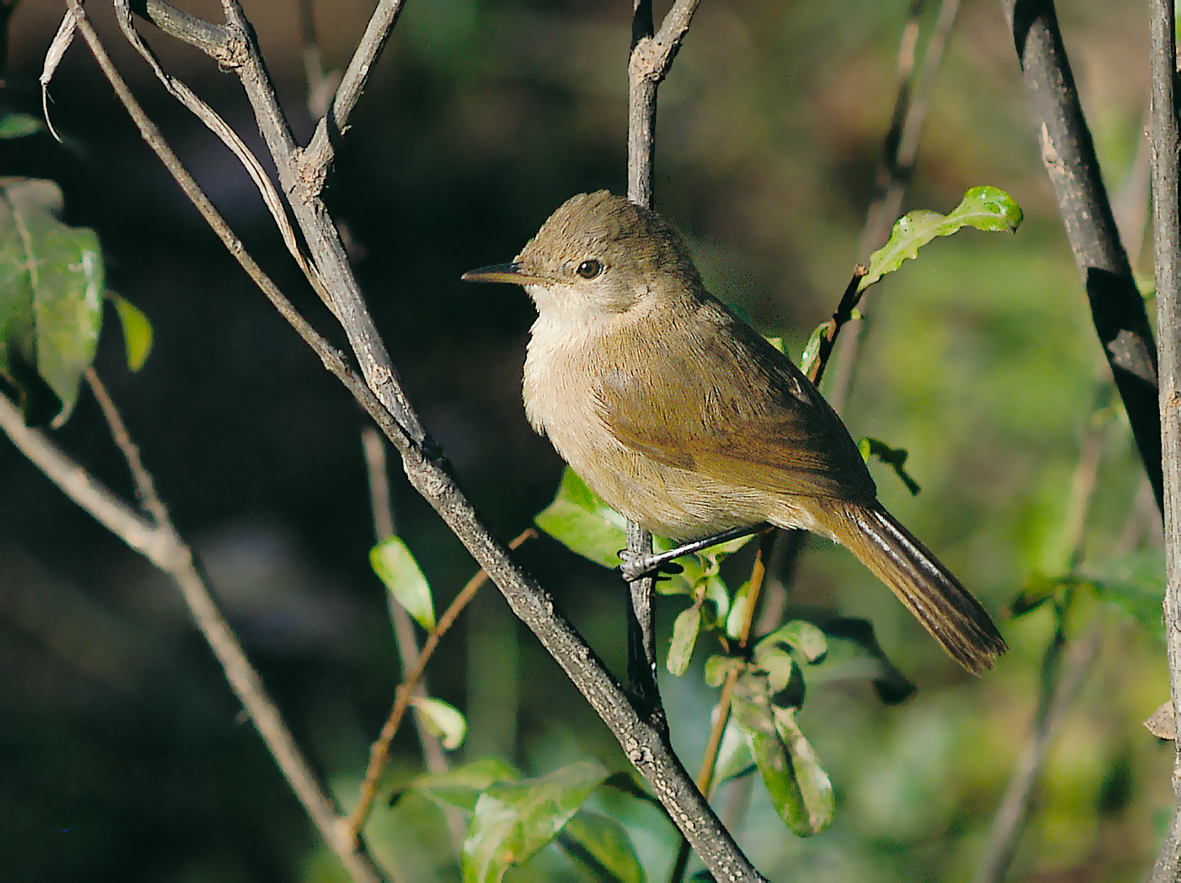
Cape Verde Warbler Acrocephalus brevipennis, São Jorge de Orgãos, Santiago, Cape Verde Islands, February 1986 (René Pop)
Cape Verde Warbler Acrocephalus brevipennis, São Jorge de Orgãos, Santiago, Cape Verde Islands, 24 February 2004 (Magnus Robb). Song and calls. Background: Eurasian Blackcap Sylvia atricapilla and Common Waxbill Estrilda astrild.
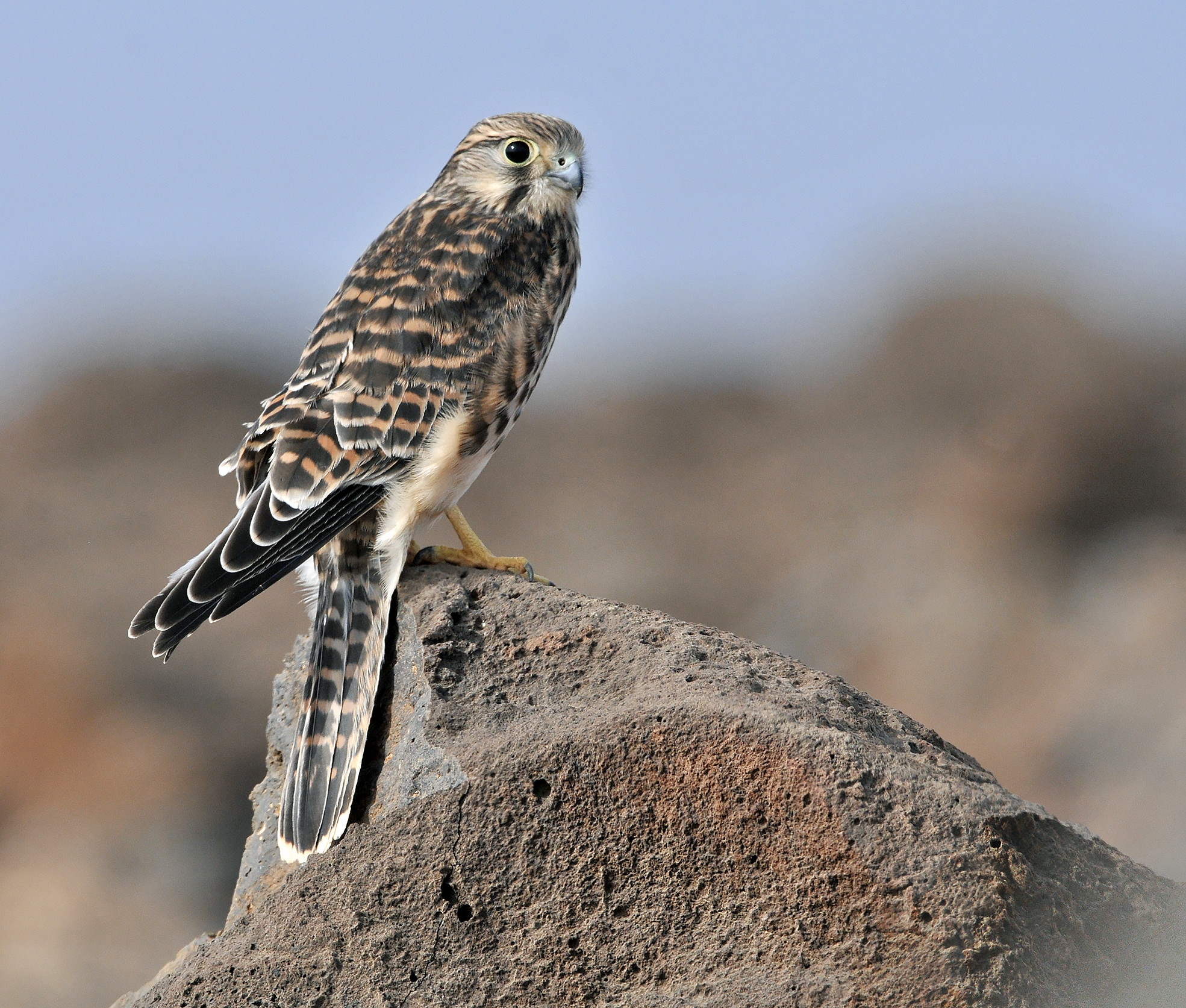
Alexander’s Kestrel Falco alexandri, Serra Negra, Sal, Cape Verde Islands, 24 January 2015 (René Pop)
Alexander’s Kestrel Falco alexandri, Serra de Malagueta, Santiago, Cape Verde Islands, 26 February 2004 (Magnus Robb). Loud alarm calls of a female. Background: similar calls in distance, presumably of male.
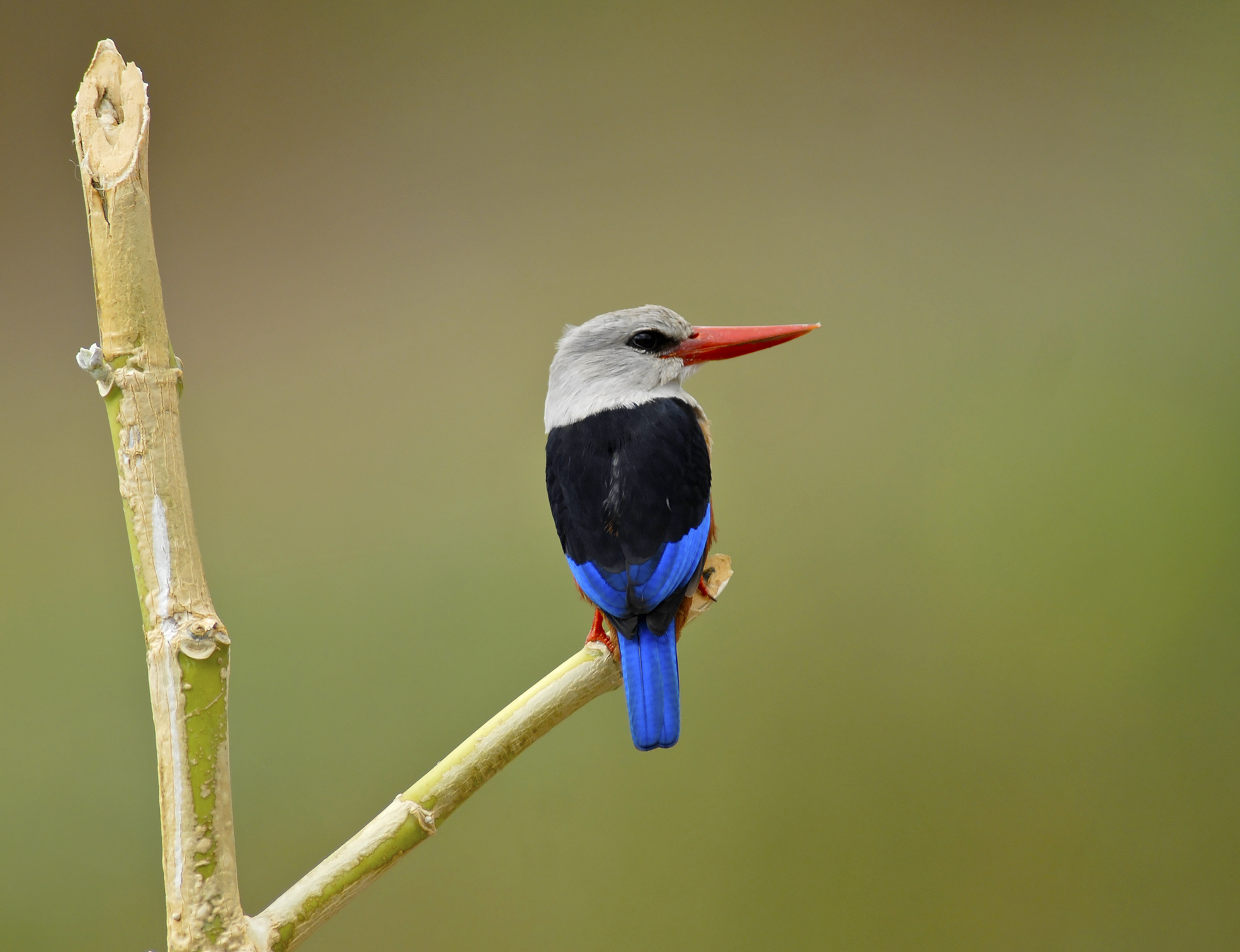
Grey-headed Kingfisher Halcyon leucocephala, São Jorge de Orgãos, Santiago, Cape Verde Islands, 26 March 2007 (René Pop)
Grey-headed Kingfisher Halcyon leucocephala, São Jorge de Orgãos, Santiago, Cape Verde Islands, 25 February 2004 (Magnus Robb). A dawn chorus of kingfishers. Background: Eurasian Blackcap Sylvia atricapilla and Cape Verde Warbler Acrocephalus brevipennis.
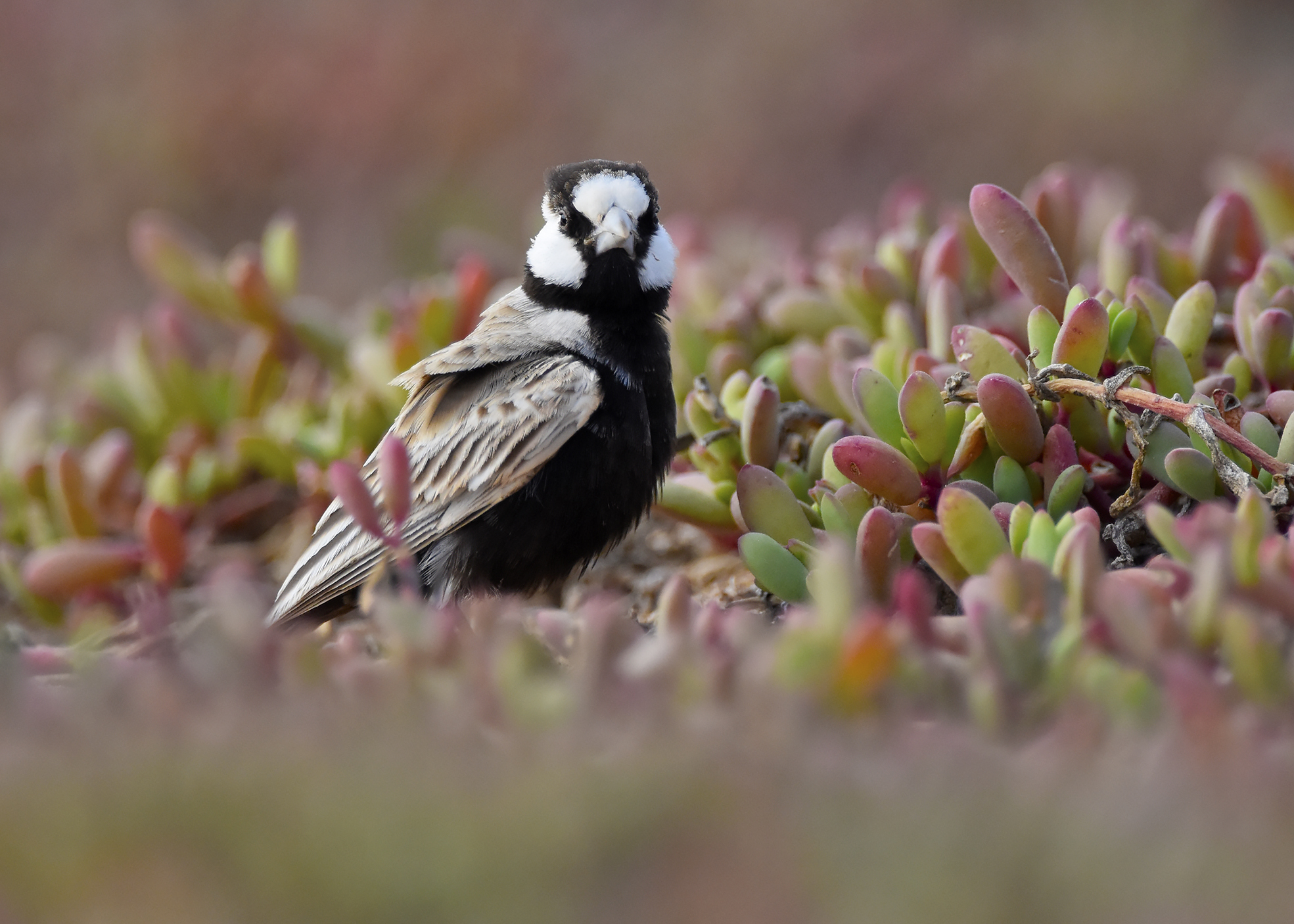
Black-crowned Sparrow-Lark Eremopterix nigriceps, Ponta Preta, Sal, Cape Verde Islands, 19 February 2016 (René Pop)
Black-crowned Sparrow-Lark Eremopterix nigriceps, just east of Praia, Santiago, Cape Verde Islands, 19 February 2004 (Magnus Robb). Calls and song fragments of a male on the ground. Background: construction work.
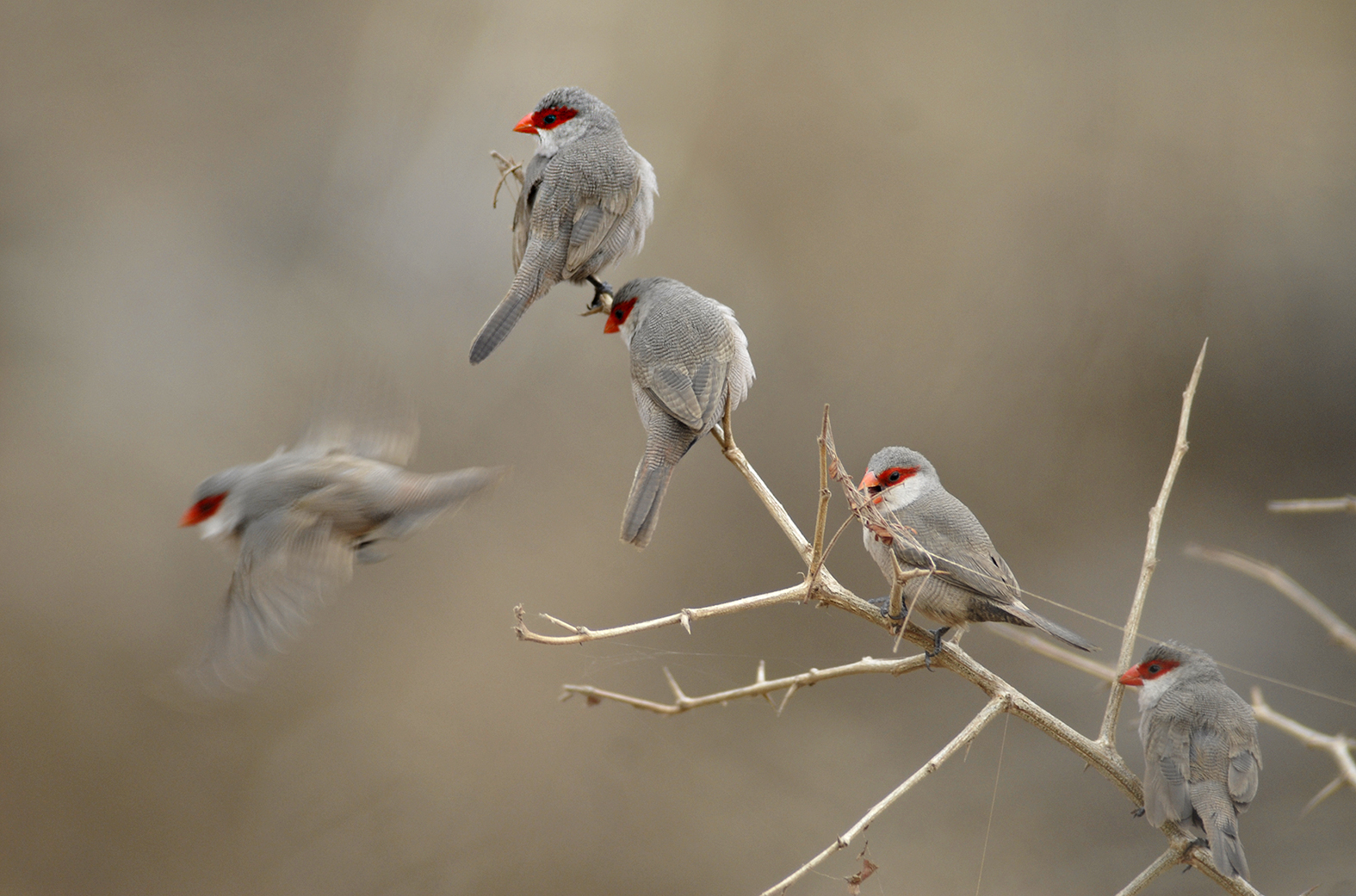
Common Waxbill Estrilda astrild, Santiago, Cape Verde Islands, 26 March 2007 (René Pop)
Common Waxbill Estrilda astrild, São Jorge de Orgãos, Santiago, Cape Verde Islands, 10:19, 11 March 2004 (Arnoud B van den Berg). Song of a male. Background: Eurasian Blackcap Sylvia atricapilla and Cape Verde Warbler Acrocephalus brevipennis.